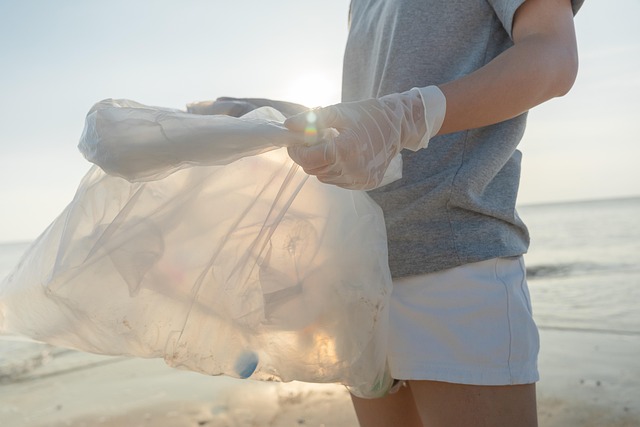The Impact of Nano Plastics on Melting Rates: Environment and Climate Change
The ever-growing presence of nano plastics in our environment is a troubling reality that cannot be overlooked. These minuscule plastic particles, formed from the breakdown of larger plastic debris, have begun to infiltrate every corner of our ecosystems – from the deepest ocean trenches to the peak of the tallest mountains. As we confront the pressing challenges of climate change, understanding the impact of nano plastics on melting rates is crucial for the well-being of our planet.
The Role of Nano Plastics in Our Ecosystem
Nano plastics are not just a pollution issue; they are a catalyst for broader environmental deterioration. Their small size allows them to be easily absorbed by marine life and terrestrial organisms, leading to bioaccumulation in food chains. This accumulation poses serious health risks not only to wildlife but also to human populations, as these particles find their way into our food and water supplies.
The Connection to Melting Ice Caps
The melting of glaciers and polar ice caps is one of the most visible signs of climate change. Research indicates that nano plastics play a key role in this process. When these particles settle on ice surfaces, they can absorb more sunlight and heat than the reflective ice itself. This increased absorption of warmth accelerates melting, creating a feedback loop that exacerbates climate change. The stark reality is that as our ice melts, it contributes to rising sea levels, which could displace millions and disrupt ecosystems worldwide.
Environmental Consequences
The consequences of accelerated melting rates due to nano plastics extend beyond the loss of ice. As glaciers and ice sheets diminish, they release freshwater into the oceans, altering salinity and disrupting marine ecosystems. This disruption endangers species that rely on stable conditions for breeding and survival, thus threatening biodiversity in our oceans—a crucial component of the Earth’s health.
A Call to Action
As individuals and communities, we must acknowledge the silent threat posed by nano plastics. Reducing plastic consumption, advocating for better waste management practices, and supporting innovations in biodegradable materials can significantly lessen our plastic footprint. Moreover, raising awareness about the implications of nano plastics in the context of climate change is imperative for fostering a collective response to this global crisis.
We are at a pivotal moment in the fight against climate change, and the role of nano plastics cannot be ignored. A better understanding of their environmental impact can inspire meaningful action and a united effort to protect our planet for future generations.



